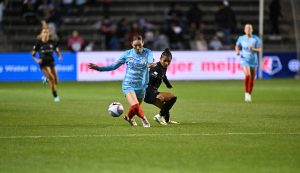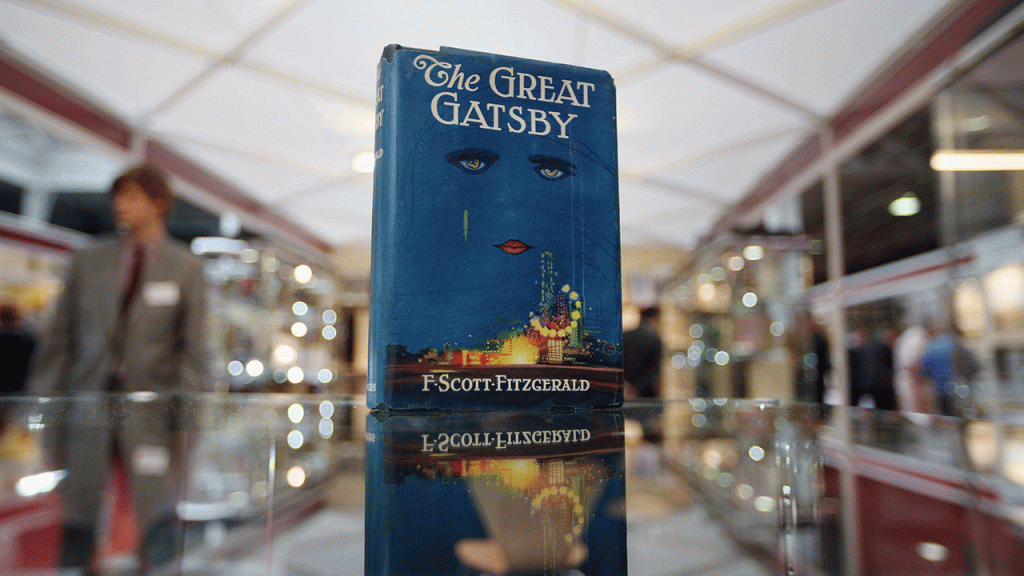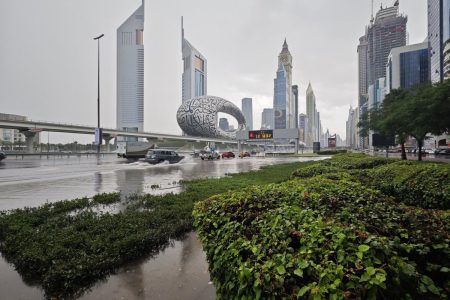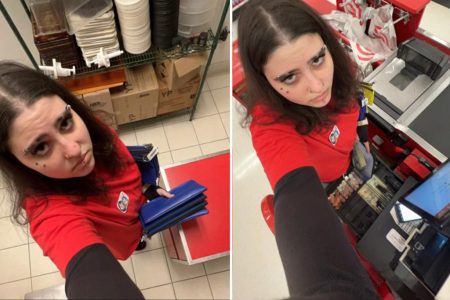“The Great Gatsby” by F. Scott Fitzgerald is a widely recognized classic that tells the story of wealthy, mysterious Jay Gatsby and his love for Daisy Buchanan, as narrated by Nick Carraway. Initially, the book was not well-received by critics, unlike Fitzgerald’s earlier works such as “The Side of Paradise” and “The Beautiful and Damned.” Despite Fitzgerald’s lack of success in his lifetime and the low initial sales of the book, “The Great Gatsby” gained popularity during World War II when it was included in a program that shipped pocket-sized books to soldiers, resulting in a boost in sales.
During the war, the United States government sent out pocket-sized versions of books to soldiers, including 155,000 copies of “The Great Gatsby.” This initiative contributed to a surge in popularity for the book, leading to more than 25 million copies sold to date. Additionally, “The Great Gatsby” has been adapted for the big screen four times, with the Baz Luhrmann-directed movie being the most popular version. The film stars Leonardo DiCaprio as Jay Gatsby, Carey Mulligan as Daisy Buchanan, Joel Edgerton as Tom Buchanan, and Tobey Maguire as Nick Carraway.
With its setting on Long Island during the Jazz Age, “The Great Gatsby” is widely read in English classes across the country. Despite the initial mixed reviews and modest sales, the book has endured as a classic work of literature that continues to resonate with readers. Fitzgerald did not live to witness the success of “The Great Gatsby,” as he passed away in 1940. However, his legacy lives on through the enduring popularity of this novel, which has captivated audiences for generations.
The story of Jay Gatsby and his quest for love has captured the imaginations of readers and moviegoers alike. The adaptation of “The Great Gatsby” on screen has brought the characters to life and introduced the story to new audiences. The performances of actors such as Leonardo DiCaprio and Carey Mulligan have further cemented the book’s popularity and modern relevance. As a result, “The Great Gatsby” continues to be celebrated as a timeless masterpiece that has stood the test of time.
In addition to its widespread popularity, “The Great Gatsby” has been included in various educational programs and initiatives, such as the distribution of pocket-sized books to soldiers during World War II. This exposure to a diverse audience has helped solidify the book’s place as a must-read classic that remains relevant and engaging for readers of all ages. The enduring appeal of the characters, setting, and themes in “The Great Gatsby” has ensured its status as a literary masterpiece that continues to resonate with audiences today.
Overall, “The Great Gatsby” by F. Scott Fitzgerald remains a timeless classic that has captivated readers and viewers alike. Through its poignant portrayal of love, wealth, and the American Dream, the novel has left a lasting impact on literature and popular culture. Despite initial challenges and modest sales, the book has gone on to become a beloved classic that is celebrated for its enduring themes and memorable characters. With millions of copies sold and multiple successful adaptations, “The Great Gatsby” continues to inspire and enchant audiences around the world.
















